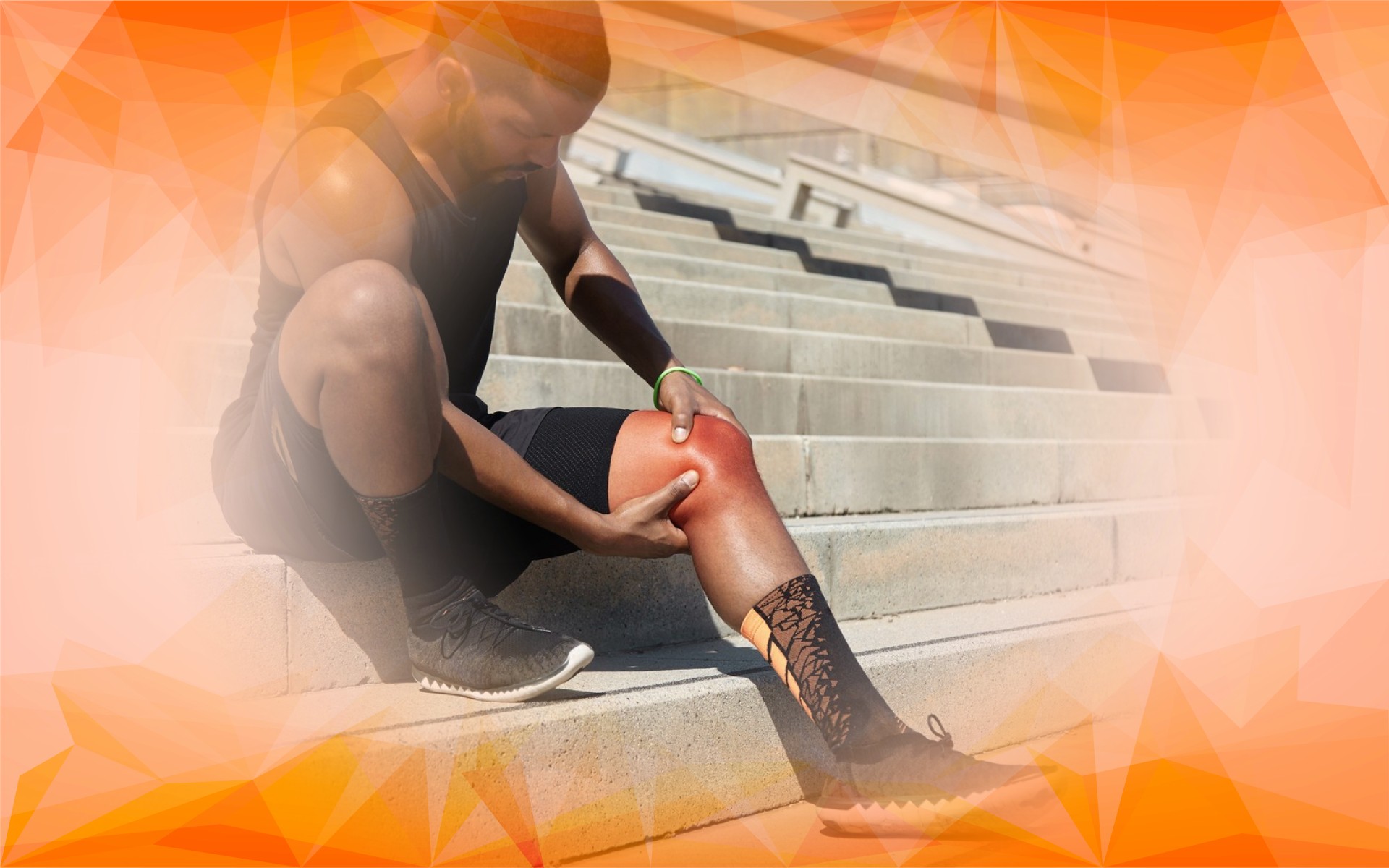Introduction
Knee gel injections have become a popular choice for people suffering from knee pain , especially those with osteoarthritis. These injections involve delivering a gel-like substance, usually containing hyaluronic acid, straight into the knee joint. Acting as both a lubricant and shock absorber, this gel can help ease pain and improve movement. If you’re thinking about this treatment, it’s important to understand how long the relief might last so you can make informed decisions and plan your care accordingly.
In this guide, we’ll explore how long knee gel injections typically last, what influences the length of their effects, and when you might consider having repeat injections.
What to Expect: Typical Duration of Knee Gel Injections
One of the most common questions patients ask is: how long do knee gel injections last? Generally, the relief lasts around six months, but this can vary depending on the individual and the specific treatment used.
The procedure—often called viscosupplementation—involves injecting hyaluronic acid, a natural component of joint fluid, into the knee. This helps replenish the fluid, improving joint lubrication and cushioning, which in turn reduces friction and pain .
Clinical evidence suggests that six months is a reasonable average duration for symptom relief after these injections. However, some patients might experience shorter or longer periods of benefit.
It’s worth mentioning that newer treatments are emerging. For example, a modern gel called polyacrylamide hydrogel (PAAG), marketed as Arthrosamid, has shown promising results. Research describes it as “an efficacious and safe treatment option for knee osteoarthritis providing positive results for at least two years.” While this suggests longer-lasting relief than traditional injections, other studies report it offers “comparable short-term efficacy and modest advantage at six months,” with no clear long-term superiority. Interestingly, PAAG was found to perform particularly well in patients under 70, those with a normal body weight, or milder osteoarthritis.
Factors Influencing How Long Knee Gel Injections Last
Several factors can affect how long you might expect pain relief from knee gel injections, including:
- Arthritis Severity: People with less severe osteoarthritis typically enjoy a longer period of relief compared to those with more advanced joint damage.
- Age: Younger patients often respond better and experience longer-lasting benefits.
- Body Weight: Carrying extra weight puts more strain on the knee, which can reduce how long the injections help.
- Activity Level: Active lifestyles are important for joint health but may also cause the gel to break down faster.
- Overall Joint Health and Biology: Your personal joint structure and metabolism can influence the effectiveness and duration of the injection.
A recent study highlighted that the polyacrylamide hydrogel achieved “statistically significant results at two years,” demonstrating that some newer gels might provide extended relief. However, comparisons showed that while most patient groups favoured this hydrogel, those with the most severe osteoarthritis sometimes responded better to hyaluronic acid.
Importantly, treatment results vary greatly between individuals, so it’s essential to work with your healthcare provider for tailored advice.
When and How to Consider Repeat Knee Injections
You might wonder when it’s time to have another injection. Usually, return of symptoms—such as pain, stiffness, or reduced mobility—is a sign that the previous injection’s effect is wearing off.
Doctors generally recommend waiting about six months between injections, matching the typical duration of symptom relief. Repeat injections have been shown to be safe and effective for long-term management when monitored by a professional.
Studies also confirm the safety of newer treatments like PAAG, noting “no long-lasting adverse events reported” after injection. It’s a good idea to discuss your treatment plan regularly with your clinician, who can help determine the best timing and approach based on your progress.
Real Experiences and Common Questions (FAQ)
Many patients report that their knee gel injections help for around six months, though some find relief lasting longer or shorter. These personal accounts align with what research shows, highlighting how individual experiences vary.
Frequently Asked Questions
- How do I know when I need a repeat injection?
When you start to experience renewed pain , stiffness, or difficulty moving your knee, it may be time for another injection. - Is it safe to get these injections regularly?
Yes, repeat knee gel injections are common and generally safe when administered under medical supervision. - Are there signs the injection’s effect has worn off?
A gradual return of knee pain , stiffness, or decreased movement usually indicates the injection’s benefits are fading.
Conclusion
In summary, knee gel injections typically provide relief for about six months, though this varies depending on factors like arthritis severity, age, weight, and activity level. Repeat injections are a safe and effective way to manage ongoing symptoms, with timing best discussed with your healthcare professional.
Open and honest conversations with your clinician are key to managing expectations and achieving the best results. With the right guidance and treatment plan, knee gel injections can be a valuable part of long-term knee pain management and improved mobility.
References
Cole, A., Maulana, R. K., Whitehead, J. P., & Lee, P. Y. F. (2022). A Systematic Review of the Novel Compound Arthrosamid Polyacrylamide (PAAG) Hydrogel for Treatment of Knee Osteoarthritis. Medical Research Archives, 10(8). https://doi.org/10.18103/mra.v10i8.2950
Bliddal, H., Beier, J., Hartkopp, A., Conaghan, P. G., & Henriksen, M. (2023). Polyacrylamide hydrogel versus hyaluronic acid in knee osteoarthritis: A subgroup analysis of a randomized study. Orthopaedic Proceedings, 105-B(SUPP_13), 81–81. https://doi.org/10.1302/1358-992x.2023.13.081
Aykaç, B., Dinç, M., Nar, Ö. O., Karasu, R., & Bayrak, H. Ç. (2025). Comparative efficacy of polyacrylamide hydrogel versus hyaluronic acid and corticosteroids in knee osteoarthritis: A retrospective cohort study. Medicine, 104(38), e44655. https://doi.org/10.1097/md.0000000000044655
Frequently Asked Questions
Most patients experience symptom relief from knee gel injections for around six months. Duration can vary depending on individual circumstances, but AMSK Clinic offers expertise in managing treatment plans for optimal ongoing knee joint health.
The duration of knee gel effectiveness depends on arthritis severity, age, body weight, activity level, and overall joint health. AMSK Clinic’s specialist approach tailors treatment, helping patients maximise benefits based on their unique profiles and medical needs.
If your knee pain, stiffness, or reduced mobility returns, it may be time for a repeat injection. At AMSK Clinic, our experienced team closely monitors patient progress, ensuring timely and safe retreatment for sustained symptom management.
Arthrosamid® has shown promising results, especially in younger patients, those with normal body weight, or less severe osteoarthritis. AMSK Clinic offers comprehensive assessment to determine the most suitable knee injection treatment for each individual’s circumstances.
AMSK Clinic stands out for its advanced techniques, patient-focused care, and extensive experience in non-surgical knee treatments. Our personalised approach ensures you receive the most appropriate and effective care for your knee osteoarthritis symptoms.



